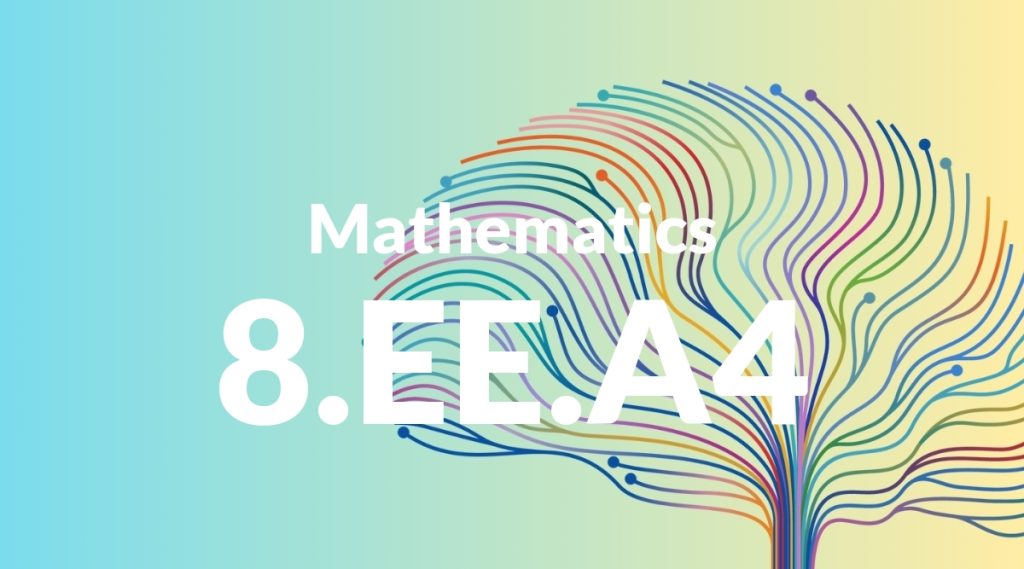Standard: 8.EE.A4 – Perform operations with numbers expressed in scientific notation, including problems where both decimal and scientific notation are used. Use scientific notation and choose units of appropriate size for measurements of very large or very small quantities (e.g., use millimeters per year for seafloor spreading). Interpret scientific notation that has been generated by technology
Grade level: Grade 8
Subject: Mathematics
Domain: Expressions & Equations
Teacher Overview
This standard focuses on performing operations with numbers expressed in scientific notation, which is crucial for handling very large or very small quantities efficiently. It is important for students to understand how to convert between decimal and scientific notation and interpret results generated by technology. Ensure students have a strong grasp of basic arithmetic operations and exponents, as well as an introductory understanding of scientific notation.
Students will be prepared to apply scientific notation in more complex algebraic expressions and equations, and understand its use in higher-level science and engineering contexts.
Common Misconception 1
A common misconception is that the exponent in scientific notation changes during multiplication or division. This is incorrect because the exponent only changes when you add or subtract numbers in scientific notation.
Intervention 1
Use visual aids and step-by-step examples to demonstrate that during multiplication or division, only the coefficients change, while the exponents are added or subtracted.
Common Misconception 2
Another misconception is that students often confuse when to use decimal notation versus scientific notation. This confusion can lead to errors in choosing the appropriate form for different contexts.
Intervention 2
Provide real-world examples and practice problems that clearly distinguish when each form is more appropriate, emphasizing the efficiency and convenience of scientific notation for very large or small numbers.
Prerequisite Knowledge
Students should have a solid understanding of basic arithmetic operations (addition, subtraction, multiplication, division), familiarity with exponents, and an introductory knowledge of scientific notation.
Subsequent Knowledge
After mastering this standard, students will be able to apply scientific notation in more complex algebraic expressions and equations, and understand its use in higher-level science and engineering contexts.
Instructional Activities
- Interactive lab measuring microscopic organisms using scientific notation
- Group project calculating astronomical distances
- Worksheet converting between decimal and scientific notation
- Class discussion on the importance of unit selection in scientific measurements
- Technology-based activity interpreting scientific notation results from calculators or software




